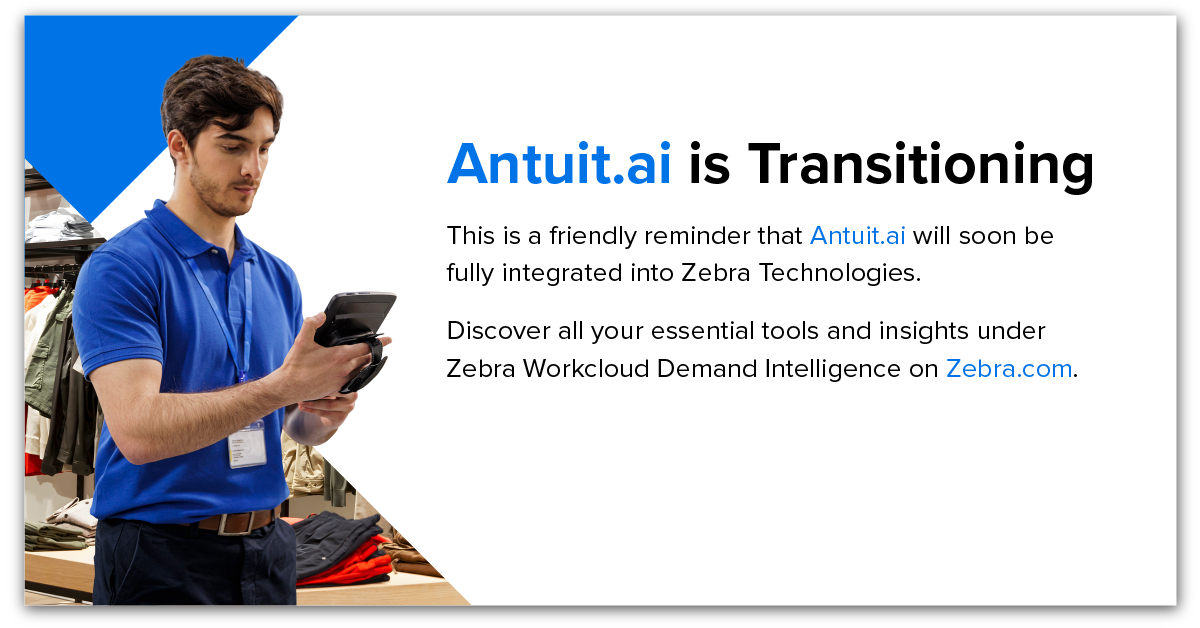Retail and CPG companies have challenges with inventory uncertainties and workforce shortages driven by supply disruptions, inflation, low unemployment, and shifting consumer demand. Yet to improve productivity and results, two words are often thrown out as the solution: Automation & Insights. But they often ring hallow.
Those words have always bugged me when used as an answer. Want to improve productivity? Inevitably I hear, "We need to automate our work." If people struggle to achieve results, they say, "We need more insights."
Are they wrong? Technically, no. The answer is correct, but the execution is lacking. Insights often translate into more data and reports, and automation becomes "go faster." As a result, people are stuck with more directionless reporting and systems that execute poor decisions (but quickly).

OK, I'm being snarky. However, I've been on the end of those decisions, and it sucked. I clicked a button and prayed the screen would open. I'd have my system crash on me, lose all my work, and be greeted by the infamous blue screen of death. I'd piece together five reports in a spreadsheet to view what was going on. The only thing I enjoyed was starting my morning report and then going to get my cup of coffee as the computer spun for 20 minutes. Ah...good times, good times.
Benefits are Driven by People using Effective Technology
To achieve more, you must improve productivity, and fundamentally, it comes down to the people and providing them with the right technology.
“Productivity is about people.” - Debbie Cohen & Kate Roeske-Zummer, HBR.org
“The new investment [in technology] has contributed to an uptick in productivity by making workers more efficient.” - WSJ.com
Now there are promising signs this is occurring. According to the US Department of Labor and prior mentioned WSJ article, we’ve seen increased labor productivity since the beginning of the pandemic. Labor productivity grew by 2.2% annually between 2020 and 2021, up from a 0.9% average annual growth from 2011 to 2019.
I would expand further. It's not only about the rise in technology spending, but technology has become better at delivering a better user experience and benefits. After all, businesses were still investing in technology from 2011 to 2019, which I mentioned in a prior blog.
What is different now? AI, cloud computing, and SaaS. With AI and cloud computing advancements, software solutions can process immense amounts of data. Due to SaaS, software providers have become a lot more accountable, and if they fail, their revenue stream dwindles.
A Rare Opportunity for Supply Chain Executives
Established best practices no longer work today; hence, the supply chain handbook written over the past 20 years has been thrown out the window. But this pain has provided a rare opportunity for supply chain executives to demonstrate innovation – beyond replacing solutions.
A solution replacement that only adds speed and reporting will not solve today's problems.
- Retailers are facing increased customer demand with fewer employees.
- That demand is hard to predict with fluctuating shopping habits and shifting demographics.
- And new, permanent fulfillment options create inventory inefficiencies.

Align Inventory to Shifting Consumer Demand
Retailers need demand intelligence that interprets demand drivers, predicts demand, and feeds inventory systems, such as replenishment and allocation, for retailers to make the best decision in the shortest amount of time. Employees need to know what customer demand will be and when. Where are their customers going to shop? Where do they want it fulfilled, and when? They must place inventory across their entire enterprise to meet their goals while understanding the trade-offs.
Additionally, these demand predictions can't remain static but must sense changes. A 2-month-old forecast doesn't always hold true. What happens if there is a heatwave, winter storm, or viral video? How do you adjust?
Most value today is from demand intelligence. If a replenishment, allocation, or pricing system does not invest in this intelligence, it is no better off than inflexible, rules-based systems. A solution with a modern UI that runs off newer hardware is a replacement solution – not an innovative, game-changing solution.

